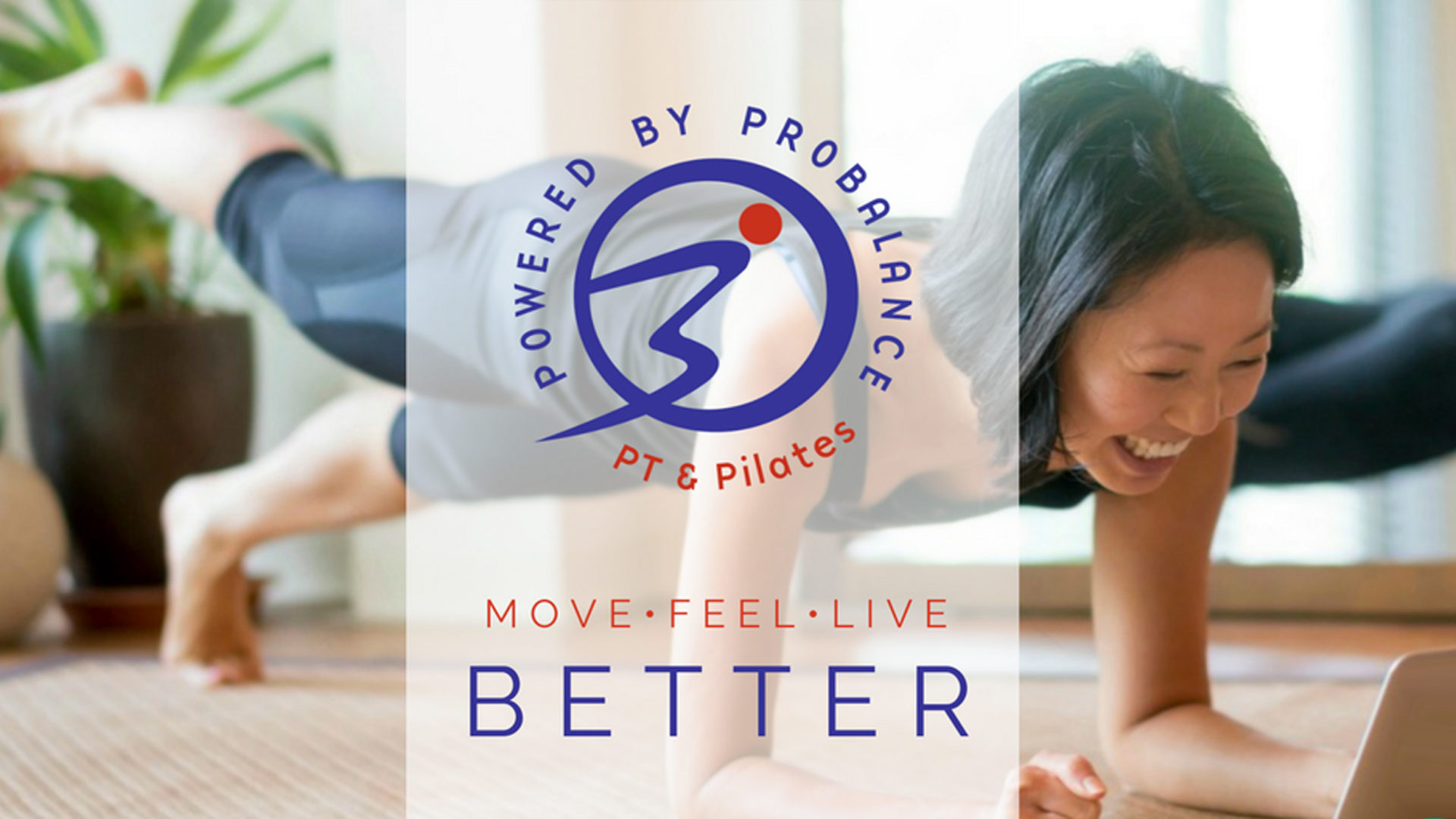Try to find a straight line in your body. You’d have to look pretty hard, and even then, you’d come up short. The long femur (thigh) bone may seem like a straight line, but even these longer, seemingly straight bones have some level of torsion (twist) which affects how they function at the joints. So when you consider that the entire body works as a series of spirals that is constantly subjected to forces that are usually in some degree of rotation, whether you are a person who plays a sport like golf or tennis, or not, doing your life activities means that your body needs to be able to function outside of straight lines.
One limitation to working out on a surface that is flat, whether you’re lying on the floor, on a foam roller, piece of gym equipment, or even on a Pilates reformer, is the fact that your spine is artificially stabilized in this straight line. However, this isn’t the way our bodies function in real life. For that reason, it’s important that we insert an element of 3-dimensional challenge along the way, otherwise, we may not get as much therapeutic and/or performance carryover as we think. There are various air filled alternatives like discs and balls that help somewhat, but they inject such a large amount of challenge, you’ll immediately resort to your default movement patterns to stay balanced, and those large default patterns usually involve muscle over-recruitment (aka “rigidity strategies”) instead of utilizing efficient control strategies.
In the traditional Pilates environment, we can challenge your body in a variety of angles, relationships to gravity, and degree of base of support using the springs and levers of the apparatus. However, we still don’t completely rid ourselves of the tendency to move in straight line motions or avoid the fact that many exercises are performed lying on our backs, on a flat surface, which creates an artificial stabilization in a way that sometimes lends itself to us having to create new, unnatural strategies for control. In addition, the spirals and rotations that do get inserted into the work are sometimes too challenging for some because of the lack of feedback of where the person’s body is in space.
This is why I am so excited to see the emergence of new tools that complement what we do in the Pilates studio, in particular, the Oov, which is a dense foam device that is shaped…well…very organically. In other words, there are no straight lines. It conforms to the curves of the body rather than the body having to conform to it. It provides stability and mobility in just the right places so the body naturally detects the change and will search for an efficient way to find its center and achieve balance. As Pilates/fitness teachers, we can bypass a lot of those well intentioned extraneous verbal cues that can inadvertently create “binding strategies” when trying to conform to a flat surface. With the Oov, you rely on how your body feels with the movement so that you can self correct.
When you ask, “did I do the exercise correctly?” My answer is usually, “If it felt comfortable and you didn’t fall off the Oov with the increased challenge, you’re moving (or Ooving) in the right direction.”
As any valuable tool, it’s only as useful as the artisan who works with it. Anyone can use a hammer to bang a nail to a piece of wood, but they won’t have the training to build a beautiful mansion. The same is true for the Oov. This is why there are teacher training workshops designed to teach fitness/rehab/Pilates practitioners how to understand how our bodies respond to the rotational challenge of the Oov and to facilitate our desired effect through the application of specific force vectors using simple accessories like resistance bands, small free-weights, or Pilates apparatus. This includes instruction in how to perform movement assessments and effective interventions so transformations that once took multiple sessions, can now occur in the span of one session.
If you’re not a fitness professional and you’d like to know how to use the Oov, make sure to Log-In or Register to get access into our FREE Movement Resources Portal where you can ask about finding Oov trained professionals in your area and stay updated on when we will hold short 2-3 hour local workshops to help introduce the Oov to people of all backgrounds (even non-professionals). Inside the portal, I also have some short mini-workout/movement sequences on the Oov, and I share different ideas on how to use the Oov that can supplement workouts you might have performed with your personal movement teacher. In addition, our ProBalance PT & Pilates Studio in the SF Bay Area holds regular Oov classes and the Oov is incorporated in both private and group sessions.
So, start Ooving to stay grOoving!
If you’re a Pilates Professional interested in learning more about The Oov or Pilates Teacher Training, then you can also sign up to our internal Teacher Training Portal to gain more information on upcoming trainings.

